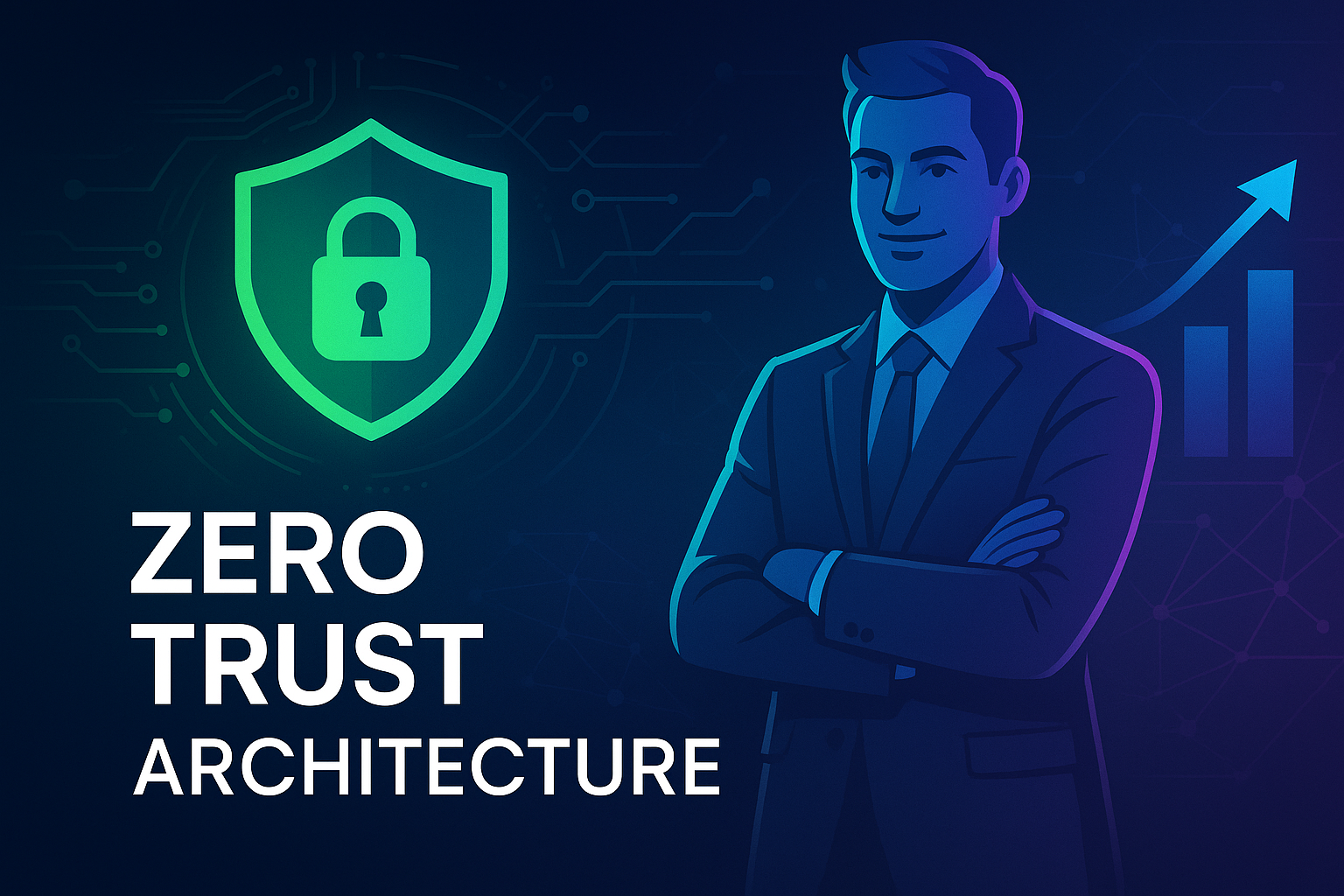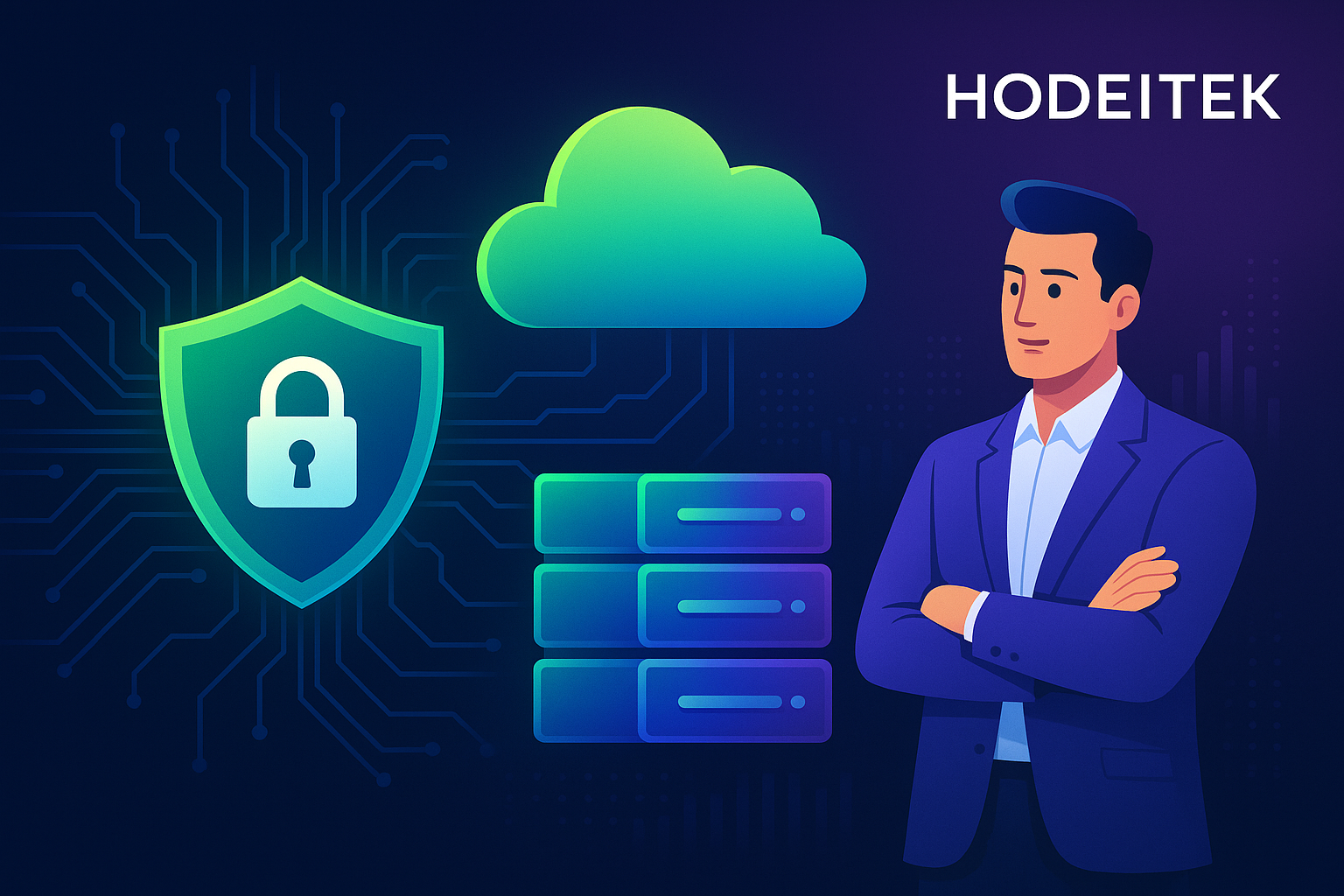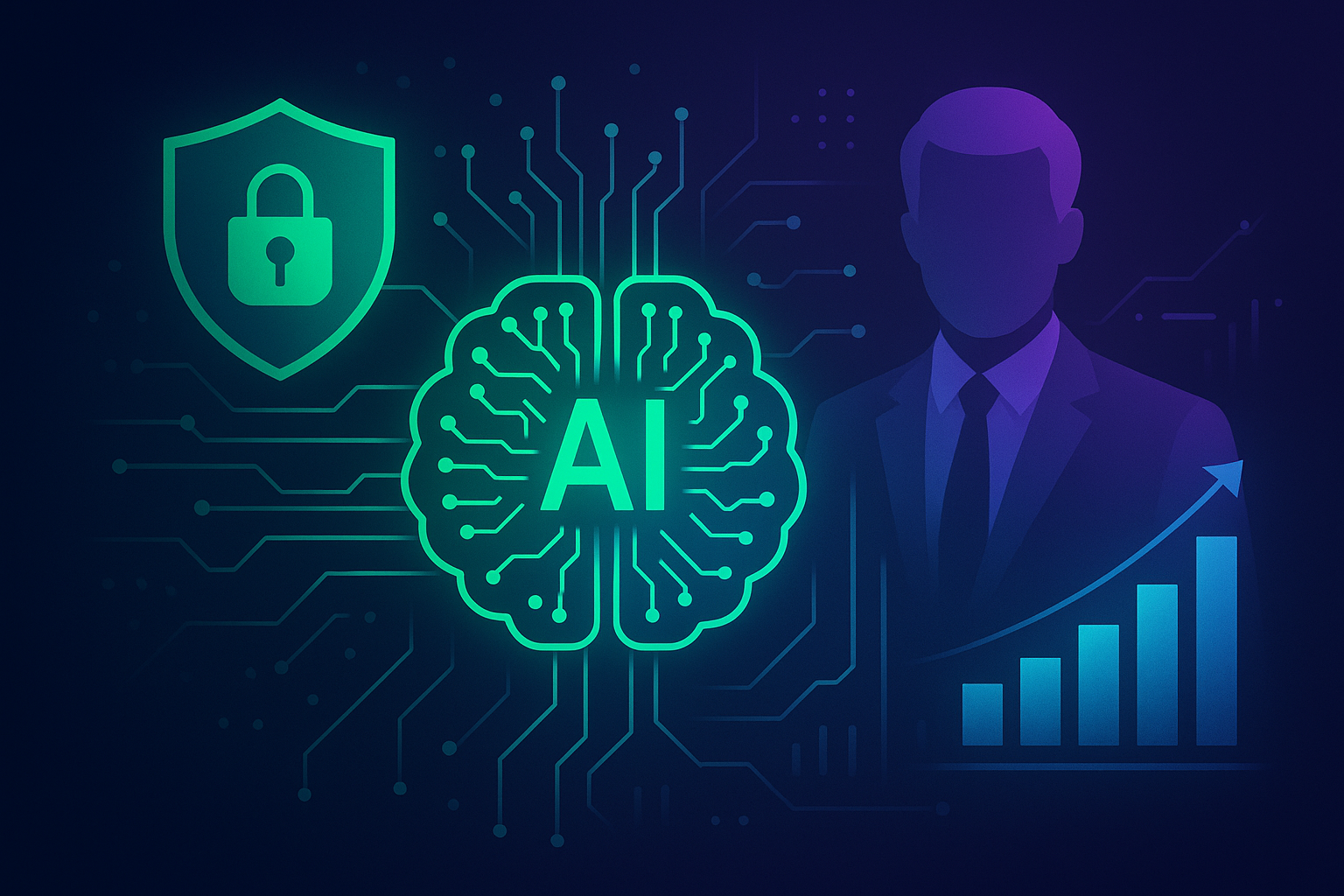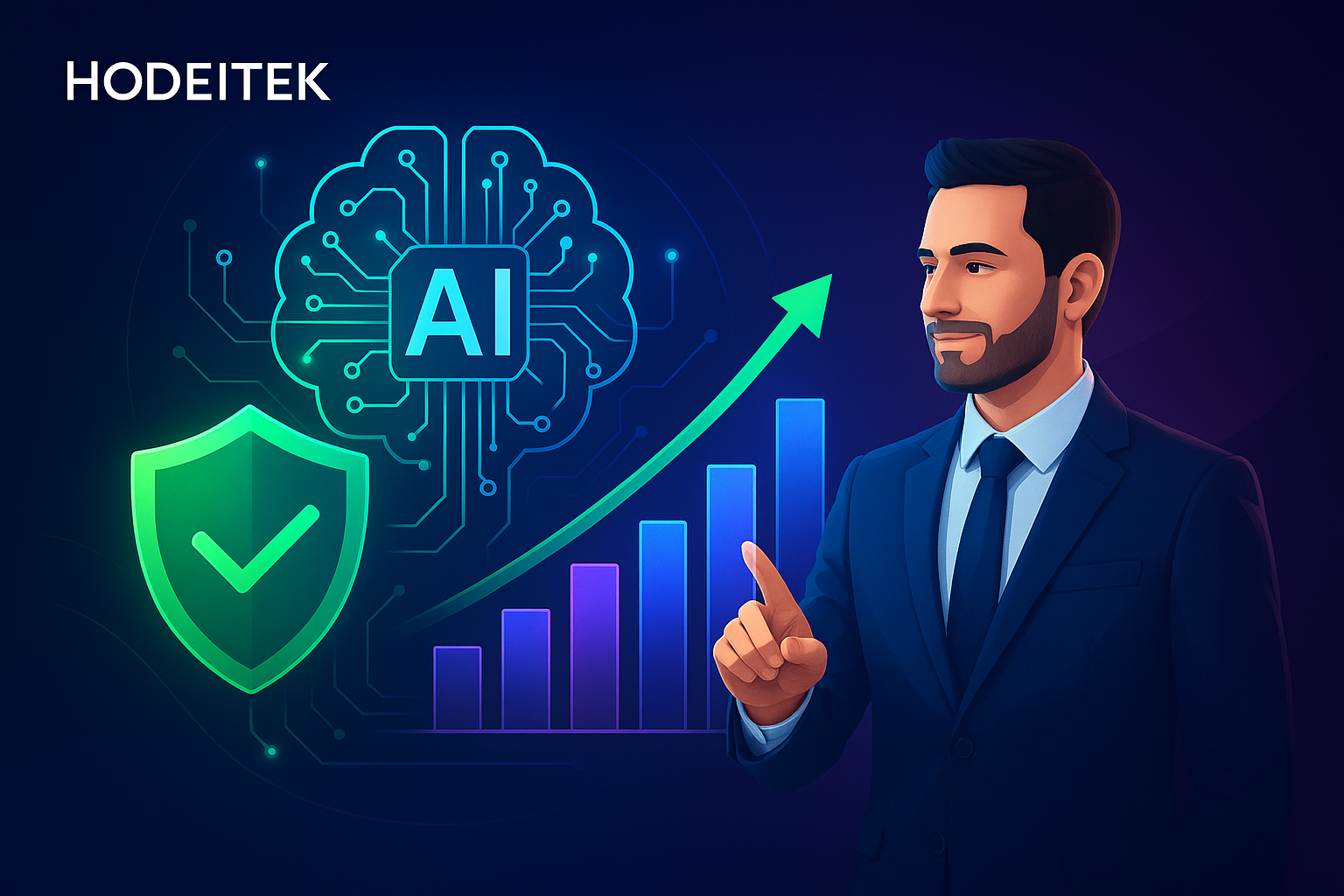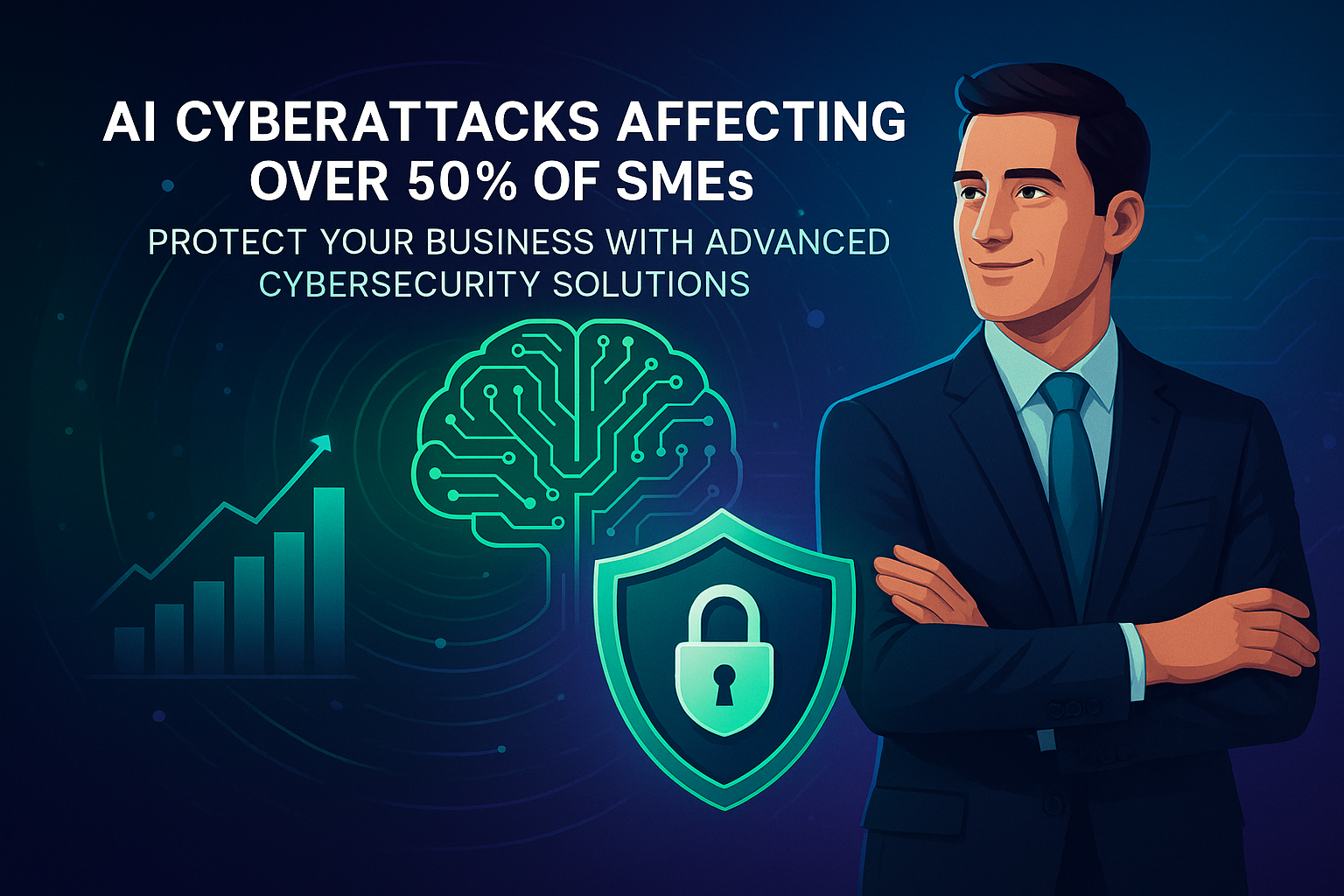The Evolution of IT Threats in Q2 2024: An In-Depth Analysis
In the ever-evolving landscape of cybersecurity, the second quarter of 2024 has brought significant insights and statistics that businesses must heed. According to a comprehensive report by SecureList, the threats faced by PCs globally have escalated in complexity and frequency. This article aims to dissect the findings of that report, contrast them with multiple reliable sources, and provide a detailed analysis relevant to businesses, especially those operating in Spain and the European Union.
Rising Threats in Q2 2024
The SecureList report highlights a surge in sophisticated cyber threats targeting PCs. Key among these are ransomware, phishing attacks, malware, and advanced persistent threats (APTs). The rate of these attacks has increased considerably, putting businesses at heightened risk of data breaches, financial loss, and operational disruption.
Ransomware: The Unrelenting Menace
Ransomware remains a predominant threat, with cybercriminals employing more robust techniques to encrypt valuable business data. The report indicates a significant rise in ransomware attacks where threat actors demand exorbitant ransoms to decrypt data.
Businesses can combat such threats by implementing effective Endpoint Detection and Response (EDR) systems. EDR solutions provide continuous monitoring and response to cyber threats. They are adept at detecting and isolating ransomware before it can cause extensive damage.
Phishing Attacks: A Persistent Threat
Phishing remains a reliable method for cybercriminals to exploit human vulnerabilities. The SecureList report shows that phishing attacks have become more targeted, utilizing social engineering tactics to deceive employees into disclosing sensitive information.
To mitigate this risk, organizations should consider Data Loss Prevention (DLP) solutions. These systems can identify and prevent data breaches by monitoring, detecting, and responding to unauthorized data transmissions.
Advanced Persistent Threats (APTs)
APTs are characterized by prolonged and targeted cyberattacks. They aim at gaining access and maintaining a foothold in network systems without detection. The SecureList report observes a rise in APT activities targeting critical infrastructures and high-value sectors such as finance and healthcare.
Industrial SOC as a Service (SOCaaS) provides round-the-clock monitoring and threat intelligence to safeguard industrial and critical infrastructure environments, making it an indispensable service in mitigating APTs.
Contrasting Perspectives and Complementary Insights
While the SecureList report provides a crucial overview, contrasting it with data from other reliable sources enriches the understanding of the evolving threat landscape. Reports from Kaspersky, McAfee, and other cybersecurity firms highlight similar trends – an uptick in ransomware, phishing, and APTs – corroborating the findings of SecureList.
Kaspersky’s Insights
Kaspersky’s quarterly analysis aligns with the SecureList report, emphasizing the rapid evolution of ransomware tactics. Kaspersky reports that ransomware groups are now using double extortion methods, where they not only encrypt data but also threaten to release it publicly if ransoms aren’t paid.
Implementing a multi-layered defense strategy is essential. Services like Next Generation Firewall (NGFW) can provide deep packet inspection, application-level inspection, and intrusion prevention to detect and block malicious campaigns before they infiltrate your network.
McAfee’s Analysis
McAfee’s latest threat report emphasizes the rise in targeted phishing attacks and the need for enhanced email security protocols. McAfee notes that AI and machine learning have helped cybercriminals craft more convincing phishing emails, making traditional security measures less effective.
McAfee recommends the adoption of advanced Web Application Firewalls (WAF) that can filter and monitor HTTP traffic between a web application and the Internet. WAFs can help block threats and prevent data loss by scrutinizing the traffic for signs of malicious activity.
Enhanced Cybersecurity Solutions
Given the robust nature of modern cyber threats, businesses need a comprehensive suite of cybersecurity solutions. Hodeitek offers various services tailored to safeguard your digital infrastructure.
Endpoint Detection and Response (EDR), Extended Detection and Response (XDR), and Managed Detection and Response (MDR)
EDR, XDR, and MDR solutions provide advanced threat detection and response capabilities. EDR focuses on endpoint security by identifying and investigating suspicious activities. XDR extends this visibility across multiple security layers, including email, server, and network. MDR offers a managed service where our experts monitor and respond to threats on your behalf, providing a proactive defense strategy.
Next Generation Firewall (NGFW)
The NGFW service at Hodeitek combines traditional firewall intelligence with advanced features such as application awareness, integrated intrusion prevention, and cloud-delivered threat intelligence, ensuring comprehensive network defense.
Vulnerability Management as a Service (VMaaS)
VMaaS helps in identifying, evaluating, treating, and reporting on security vulnerabilities in systems and software. This proactive service is essential in mitigating risks posed by unpatched software vulnerabilities, which often serve as entry points for cyberattacks.
SOC as a Service (SOCaaS) 24×7
Our SOCaaS 24×7 provides constant monitoring and analysis of your IT infrastructure to detect and respond to cyber threats in real-time. This service helps in reducing the time to detect and respond to incidents, significantly limiting potential damage.
Industrial SOC as a Service (SOCaaS) 24×7
Industrial SOCaaS offers specialized monitoring for industrial environments, which often face unique cyber threats. This service includes tailored threat intelligence and response strategies to protect critical infrastructure sectors.
Cyber Threat Intelligence (CTI)
The CTI service provides actionable information about emerging threats, helping organizations stay ahead of cybercriminals. It includes insights into attack trends and threat actor techniques, enabling proactive defenses.
Data Loss Prevention (DLP)
DLP deploys policies and tools that help detect and prevent potential data breaches and unauthorized data transfers. It is crucial for protecting sensitive business information and ensuring compliance with data protection regulations.
Web Application Firewall (WAF)
A WAF protects web applications by filtering and monitoring HTTP traffic between a web app and the Internet. It can help shield applications from threats such as SQL injection, cross-site scripting (XSS), and other abuses.
Conclusion
The findings of the SecureList report, corroborated by other leading cybersecurity firms, underline the increasing complexity and pervasiveness of cyber threats in Q2 2024. Businesses, particularly those in Spain and the EU, must adopt a multi-layered approach to safeguard their digital assets. Implementing advanced cybersecurity services such as EDR, XDR, NGFW, and SOCaaS is imperative for mitigating these risks effectively.
At Hodeitek, we are committed to providing state-of-the-art cybersecurity solutions tailored to your business needs. Our extensive range of services ensures comprehensive protection against the evolving threat landscape. Visit our services page to explore our offerings, or contact us directly through our contact page to discuss how we can help secure your organization’s future.
Proactive cybersecurity measures are not just an option—they are a necessity in today’s digital world. Don’t wait for an incident to occur; take action now to protect your business.

